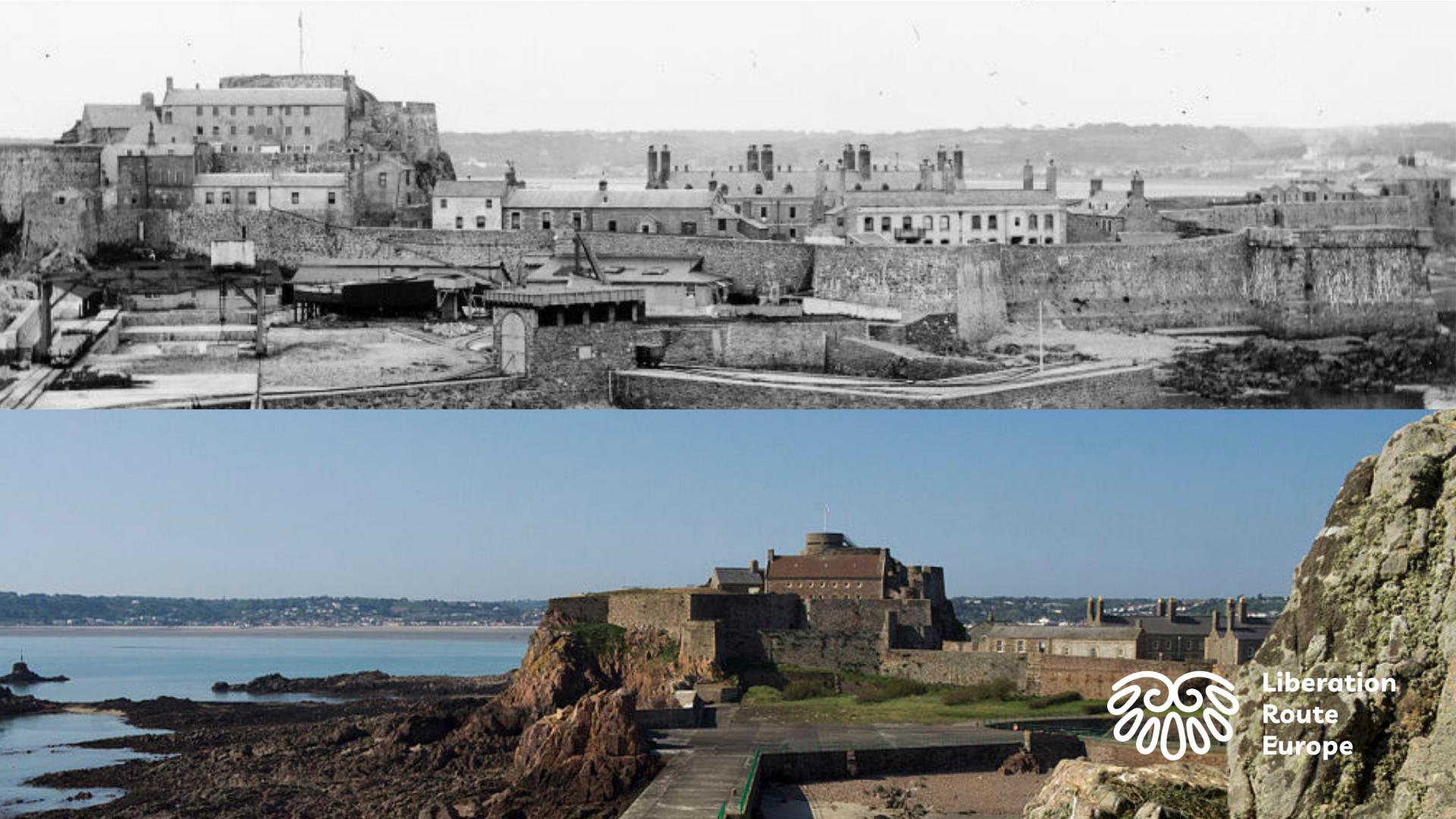The LRE Foundation, Visit Jersey and Jersey Heritage are excited to announce a new addition to the Liberation Route Europe, the Forced Workers Trail, located on the Island of Jersey. The trail introduces visitors to 20 locations linked to the experiences of forced foreign labourers to the island during the Second World War.
The Channel Islands (that include Guernsey and Jersey) were the only region of the British Isles to be occupied by German Forces during the Second World War. The Island’s occupation lasted for two years, from 1 July 1940 until its Liberation on 9 May 1945. Starting in the autumn of 1941, German occupational forces brought 6000 foreign workers, both men and women, to the Island to work as forced labour on the construction of concrete German fortifications, part of the larger Atlantic Wall. These actions took place under the Organisation Todt (OT), the civil and military engineering organisation responsible for engineering projects in Nazi-occupied Europe during World War Two.
Whilst these workers originated from many different countries, their treatment varied. Labourers from Western Europe and North Africa were conscripted as paid labourers. While Eastern Europeans, such as Vasily Marempolsky, were used as slave labour and were often treated with brutality. In some cases, the Islanders, such as Lucy Schwob and Suzanne Malherbe, put their lives and livelihoods in great peril to shelter escaped labourers.
Together, Jersey Heritage, Visit Jersey, and the LRE Foundation have worked to create a new thematic route, the ‘Forced Workers Trail in Jersey’, as part of the Liberation Route Europe to connect the historic locations across the Island and tell these moving personal stories. This project will promote the preservation and appreciation of Jersey’s historical heritage, making it accessible to visitors to the area and ensuring that the Island’s story is passed on for many generations to come.
